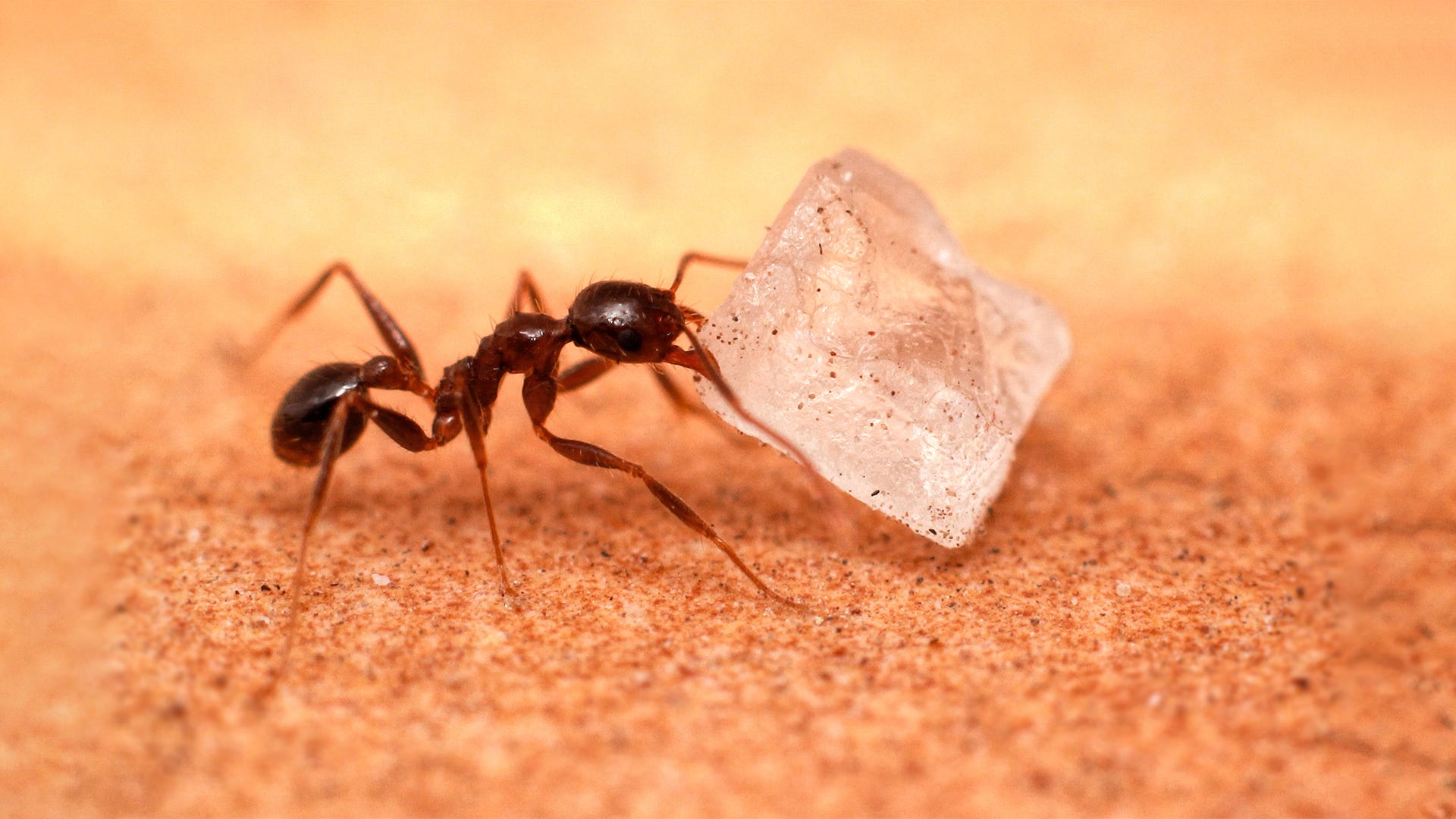Identifying the Ant Species: Big Black Ants In Upstairs Bathroom
:max_bytes(150000):strip_icc()/how-to-get-rid-of-ants-2656468-03-dac3d1173a054c65a85e645e5b3649f1.jpg)
Identifying the specific type of ant infesting your bathroom is crucial for determining the best course of action to eliminate them. These big black ants, often found in homes, are likely to be one of a few common species.
Physical Characteristics
Big black ants, as their name suggests, are typically dark brown to black in color. They are relatively large, with workers measuring around 1/4 inch in length. Their bodies are segmented, with a distinct head, thorax, and abdomen.
Size, Shape, and Color
These ants are characterized by their elongated, cylindrical bodies and their distinct, three-segmented antennae. Their legs are relatively long and slender, allowing them to move quickly and efficiently.
Distinguishing Features
- While most worker ants are wingless, reproductive ants, called alates, have wings. These wings are typically translucent and membranous, with a distinct venation pattern.
- These ants lack a stinger and instead rely on their mandibles to defend themselves. Their mandibles are strong and sharp, capable of delivering a painful bite.
Addressing the Infestation

Big black ants, particularly carpenter ants, are known for their ability to create intricate networks of tunnels and chambers within wood. They often exploit cracks, gaps, and openings to gain access to your home, and the upstairs bathroom is a common target. Understanding how they enter your bathroom and how to prevent future infestations is crucial to effectively eliminating the colony.
Potential Entry Points, Big black ants in upstairs bathroom
Identifying potential entry points is the first step in addressing the infestation. Carpenter ants can enter your bathroom through various pathways, some more obvious than others.
- Cracks and Gaps: These can exist in walls, floors, around windows, and even under doors. They provide a convenient entry point for ants seeking shelter and food.
- Plumbing Pipes: Pipes leading to your bathroom, especially those exposed in the attic or crawl space, can offer access for ants. They may follow these pipes to reach your bathroom.
- Ventilation Vents: Bathroom exhaust fans and vents often provide a direct pathway for ants, especially if they are not properly sealed.
- Windows and Doors: Loose fitting windows and doors can create gaps that ants can easily exploit, especially if they are not regularly inspected and sealed.
Preventing Future Infestations
Once you’ve identified potential entry points, it’s time to focus on preventing future infestations. A proactive approach can significantly reduce the chances of another ant invasion.
- Seal Cracks and Gaps: Caulk any cracks or gaps in walls, floors, windows, and doors. This will effectively seal off potential entry points.
- Inspect Plumbing Pipes: Regularly inspect plumbing pipes in your bathroom, attic, and crawl space. Repair any leaks or cracks promptly, and ensure all pipes are properly sealed.
- Maintain Ventilation: Ensure your bathroom ventilation system is functioning correctly and that vents are properly sealed. This will help prevent moisture build-up, which can attract ants.
- Clean Up Spills: Immediately clean up any food or drink spills in your bathroom. Food crumbs and sugary residues can attract ants.
- Keep Food Storage Secure: Store all food items in airtight containers, especially in your bathroom, to prevent ants from accessing them.
Eliminating Existing Ant Colonies
Dealing with an existing ant colony requires a multi-pronged approach. A combination of methods can be effective in eliminating the colony and preventing future infestations.
- Baiting: Using ant baits is a common method for eliminating colonies. Ants will carry the bait back to the nest, where it will poison the queen and other ants. Choose a bait specifically designed for carpenter ants, as it will be more effective.
- Insecticide Sprays: Apply insecticide sprays directly to ant trails and entry points. This can help kill ants on contact and prevent them from entering your bathroom.
- Professional Extermination: If the infestation is severe or you’re unable to effectively eliminate the colony yourself, consider hiring a professional pest control company. They have the experience and knowledge to effectively address the infestation.
